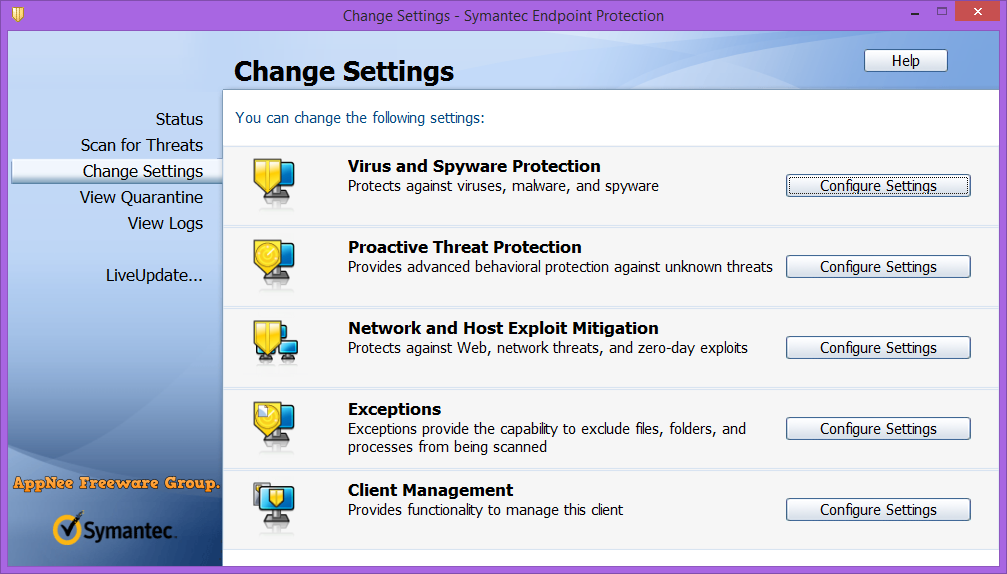
- HOW TO DEBUG THE SYMANTEC ENDPOINT PROTECTION MANAGER FULL
- HOW TO DEBUG THE SYMANTEC ENDPOINT PROTECTION MANAGER SOFTWARE
Modern SIEMs also provide extensive dashboards and data visualization tools, allowing analysts to actively seek data points that might indicate a security incident - known as threat hunting. The SIEM’s goal is to identify which events have security significance and should be reviewed by a human analyst, and sends notifications for those events. The SIEM’s main focus is on security-related events such as suspicious logins, malware, or escalation of privileges. They analyze the data and establish relationships that help identify anomalies, vulnerabilities, and incidents. SIEM platforms aggregate historical log data and real-time alerts from security solutions and IT systems like email servers, web servers, and authentication systems. In the security world, the primary system that aggregates logs, monitors them, and generates alerts about possible security systems, is a Security Information and Event Management (SIEM) solution. Data leak or malware infection via removable media.Loss or theft of equipment, such as employee laptops, servers.An attempt to compromise, deny access to, or delete organizational systems.



HOW TO DEBUG THE SYMANTEC ENDPOINT PROTECTION MANAGER SOFTWARE
Report from antivirus software that a device is infected by malware.One or more events can be identified as an incident - an attack, violation of security policies, unauthorized access, or change to data or systems without the owner’s consent. The two basic concepts of security log management are events and incidents - an event is something that happens on a network on an endpoint device. Collecting log information from critical systems and security tools, and analyzing those logs, is the most common way to identify anomalous or suspicious events, which might represent a security incident. Log aggregation and log monitoring is a central activity for security teams. How does SIEM logging work? Basics of security event logs Log management typically does not transform log data from different sources, resulting in inconsistencies and variations in the collected data. SIEM aggregates and normalizes logs into a unified format to ensure consistency across all log data.Log management tools typically lack these features, making them less suitable for threat detection and incident response scenarios. It also sends alerts when potential security threats are detected, prioritizes threats based on severity, and helps security professionals systematically address issues. SIEM provides real-time and historical threat analysis based on log data.It is up to the security analyst to interpret the data and determine if threats are real. Log management usually does not provide contextual log analysis. SIEM combines event logs with contextual information about users, assets, threats, and vulnerabilities and can help correlate related events.SIEM and log management have the following key differences:

HOW TO DEBUG THE SYMANTEC ENDPOINT PROTECTION MANAGER FULL


 0 kommentar(er)
0 kommentar(er)
